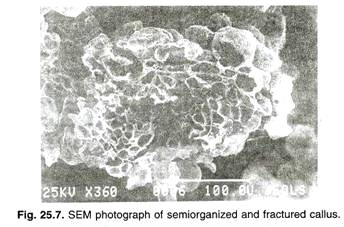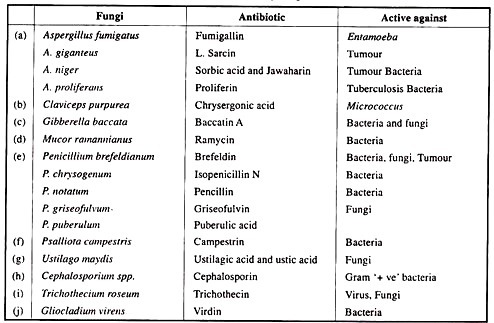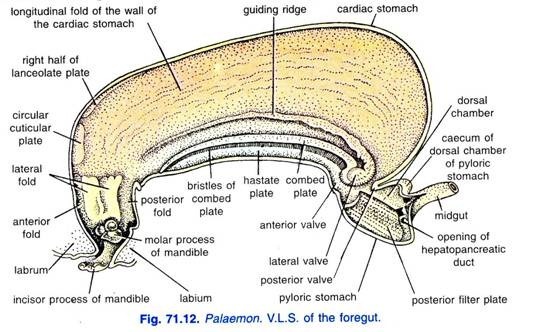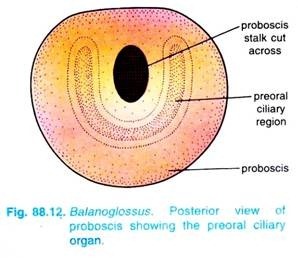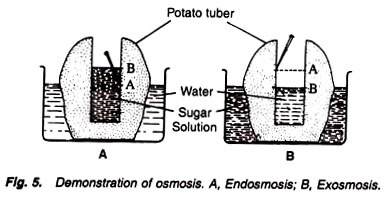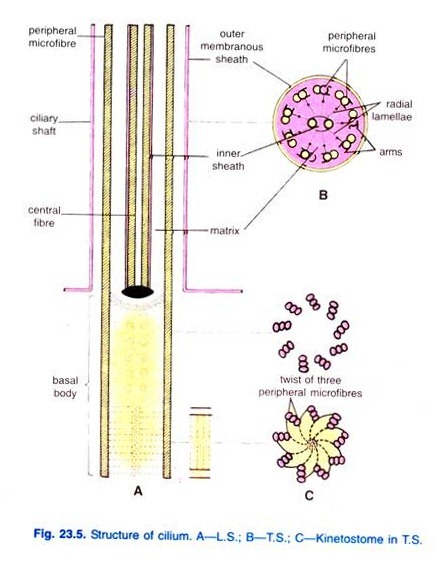In any process biotechnology consideration, material balance is essential for the sake of metabolic economy.
Frameworks using material balances in metabolic pathways to study cellular metabolism has been investigated by various researchers.
From material balances the concept of stoichiometric coefficients for the overall reaction representing the biological system has been introduced and was determined on line to provide information about yield factors, substrate consumption and, product formation rates.
Despite the excellent performance and the suitability of this approach for on line bioprocess monitoring and control, its application to infer cellular behavior is limited, however. This is because the model does not contain any intracellular mechanisms and is therefore unable to provide essential information at the cellular level. Several researchers have paid attentions on these limitations.
In their studies, material balances on the extra cellular compounds were employed to deduce most probable metabolic model for citrate production from glucose. Also, fermentation balance equations for the acetone-butanol using metabolic biochemistry to describe intracellular reactions have been provided.
Concepts:
1. Simple representations in simple medium:
On the basis of elemental balancing technique a simple material balance in oxic growth is represented as below.
For determining the unknown stoichiometric coefficients, the four elements (C, H, O, N) can be balanced, and three independent measurements must therefore be found. In some cases oxygen uptake rate (OUR), CO2 evolution rate (CER) and base addition rate (BAR) have been used. If the pH of the culture is constant, the latter can be related to nitrogen uptake rate (NUR) as below.
BAR = NUR + kPFR (3.2)
Where k is a function of the products acidic equilibrium and PFR is the abbreviation of product formation rate.
The nitrogen balance gives
NUR = δ BPR + co PFR (3.3)
in which BPR is the biomass production rate. Eliminating the other three balances leads to
[a (rB -rs) + 3δ] BPR = rs CER – 4 OUR + 3 NUR + [S(ss– rp) + 3W] PFR (3.4)
In these relations rB, rs, rP are the degrees of reductance of biomass, substrate and product respectively. Here
Special case:
Product formation is negligible. Growth is calculated by following basis.
(i) Using BAR and equations (3.2) and (3.3). This is very sensitive to even slight organic acid production and to 8.
(ii) Using all the balances, which eliminates NUR this has been shown to be very sensitive to measurement errors, when rB is close to rs and RQ to one.
(iii) Not using the nitrogen balance. This provides a natural way of combining the three measurements and reduces the sensitivity problem as stated in earlier cases.
In this case rate of growth, Rx is
where mwb is the molecular weight (approximate) of biomass.
The advantage of base measurement is apparent from equation (3.6) since rB is generally close to 4, thereby sensitivity problems are avoided. However, the other two contribute significantly to Rx. This balance analysis is especially important in the contaminant detection case.
2. Biochemical engineering aspects:
(i) Material Balance:
In an aerobic fermentation one may consider that a microbial system exhibits during a small increase of time ∆t cell growth ∆X, product formation ∆CP as a result of consumption of small amount of dissolved oxygen ∆02 and carbonaceous substrate ∆S. Here each term of cell, product, dissolved oxygen and substrate pertains to the amount in moles per unit volume. For this system oxygen balance equation may be written as below.
A (-∆S) = B(∆X) + ∆O2 + C ∆CP (3.7)
In this equation A, B and C are coefficients. A has been defined as oxygen required for complete combustion of carbonaceous substrate, mole O2/mole substrate. B is the amount of oxygen required for complete combustion of cell (assuming nitrogen content of the cell to turn out to ammonia) which is equal to 0.042 mole O2/g. cell, C is the amount of oxygen required for complete combustion of product, mole 02/mole product and AO2 indicates accumulated dissolved oxygen in fermentation liquid, mole O2/l.
If and only if the product other than CO2 and water in fermentation system is not appreciable, equation (3.7) is reduced to the following.
The value of- ∆H*av.e-(= 26.5 kcal/av. electron) has no theoretical background and in fact, the average value has been assessed from quite a few data on combustion heat of various substances wherein the number of electrons participating in the combustion is assumed to be available. In this context, the concept of -∆H*0 though difficult to envisage, has been introduced to have an easy access to the enthalpy change of a given material whose combustion heat having not always been made available from the references.
Here, some comparison will be made between values of A(- ∆H*0) or B(- ∆H*0) etc. and those available from the data on combustion.
However, this overall approach to the energy balance remains to be derive a versatile equation for estimating the heat of reaction in microbial systems.
(iii) Heat of Reaction:
Although heat of reaction for a microbial system is already referred to in equation (3.23) or in equation (3.24), some additional comment is deemed necessary for a better insight into the fate of carbon—catabolism and anabolism—, because they are already mentioned, in equations (3.23) and (3.24) and are derived solely on oxygen balance of the system.
A. Minimal medium:
The cellular carbon assumed to have originated entirely from energy substrate is partly used for anabolism. Accordingly, the heat of reaction Q is expressed by the following equation.
Where
– ∆H1 = Enthalpy change of initial state, kcal/liter
– ∆H2 = Enthalpy change of final state, kcal/liter – AH = Enthalpy change, kcal/mole
α1 = Carbon content in cell, g carbon/g cell
α2 = Carbon content in carbonaceous substrate, g carbon/mole substrate
Subscripts:
a: Anabolism
c: Cell
p: Product
s: Carbonaceous substrate
It is evident that the first term on the right-hand side of equation (3.25) represents the enthalpy expended for catabolism, whereas the second one corrects for that due to product formation.
B. Complex medium:
Complex medium here is assumed to comprise carbonaceous substrate (energy source), various natural products such as meat extract, soybean meal, peptone, etc. Although the latter materials serve also as carbon source, the carbonaceous substrate per se such as glucose and other sugars do not contribute to the carbon content of the cells, serving solely as energy source. Briefly, the materials to constitute the cells are assumed to exist abundantly in the original medium rather than in sugars.
Heat of reaction, Q in this particular case is:
Q = (- ∆H1) – (- ∆H2)
Provided:
– ∆SN = Concentration change of natural product serving partly as energy source
– ∆HSN = Enthalpy change of natural product
Eq. (3.27) presumes that the cellular constituents originate entirely from the natural products impregnated initially in the complex medium and that the chemical structure of these products as medium ingredients is akin to that of cells. From above discussions one may write
Where
ᶓ = 0 for complex medium
ᶓ = 1 for minimal medium
Usually, 0 < ᶓ < 1
It goes without saying that equation (3.30) is exclusively for aerobic culture and that equations (3.28) to (3.30) are reduced to equations (3.23) and (3.24), if ᶓ and (-∆Hc) in equations (3.28) are taken as unity and B(- ∆H*0), respectively.
Conversely speaking, equations appearing in the above have implicit background of minimal medium (ᶓ = 1 in equation (3.28) to (3.30). Though the above-mentioned implication sounds a bit intriguing, the fact that the heat of reaction in aerobic systems can be approximated to (- ∆H*0) ∆O2 regardless of the minimal or complex medium is considered to be useful from practice.
The idea of “approximate estimation of reaction heat” by (- ∆H*0)∆O2 comes firstly from the approximate nature of (- ∆H*0) per se and secondly from another approximation of equation (3.27) for complex medium, albeit there is no room of “approximation” so far as oxygen and enthalpy balances, equation (3.7) and (3.22) are concerned in situ.
Experiment Based Media Formulations:
In the absence of cell composition data, it is possible to experimentally determine the requirements by carrying out a series of batch fermentations in which the nutrient of interest is available in limiting supply while all other nutrients are available in excess. So in medium design it is essential to identify the growth limiting nutrient and whether the product formation is growth associated product formation system in synthetic medium.
Since cell composition was unknown to design the medium batch experiments were carried out to find the nutrients essential in synthetic medium. Next fermentation experiments need be done in the same synthetic medium in ascertaining the most optimum concentration of a specific nutrient.
For this fermentations were carried out in this medium containing all components excepting the one whose effect is to be observed. In designing medium for gluconic acid fermentation such experiments produced results as given in Table 3.4. It showed that in this synthetic medium no growth of Ps. ovalis occurred in absence of glucose and ammonium acetate.
It was obviously due to the absence of carbon and nitrogen source. In absence of other mineral nutrients growth and gluconic acid production took place although not to the same extent as it was observed in their presence. It appeared, therefore, that in the designed synthetic medium either glucose or ammonium acetate might be serving as limiting nutrient for the growth of Ps. ovalis B1486.
